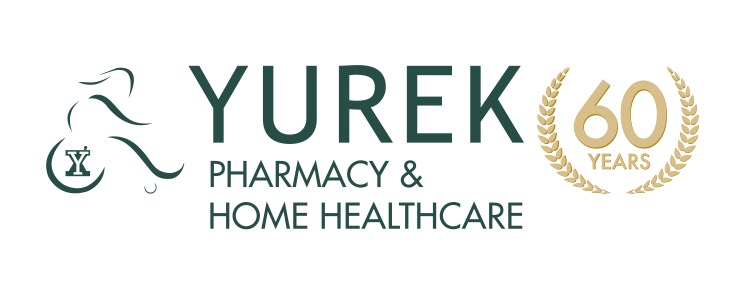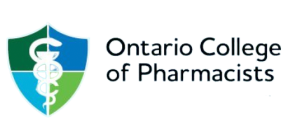According to Statistics Canada, close to 4000 Canadians die from suicide each year. Over the past 10 years, this translates to 40,000 lives lost — equivalent to the population of St. Thomas! To further highlight the impact of suicide, for each suicide death, there are:
- 5 Self-inflicted injury hospitalizations
- 25 suicide attempts
- 7-10 people profoundly affected by suicide loss
World Suicide Prevention Day is recognized on September 10th. Individuals who have lived the experience of suicide attempts or loss (both those who have attempted suicide and their family members and friends), as well as interested groups and citizens, join together to advance understanding about suicide and highlight prevention activities.
The pain that leads individuals to take their lives is inconceivable, and their deaths leave countless family and friends grieving and their communities impacted. When examining suicide, Prevention, Intervention and Post-vention (Hope, Help and Healing) are the three key pillars.
- Prevention involves education, awareness, and reducing stigma. Identifying and helping individuals who are at risk before they are in crisis can help to reduce the incidence of suicide. When as a society we commit to equality and acceptance, we can foster a better understanding of those individuals who are at greatest risk and reduce alienation.
- Intervention involves helping someone whom we suspect to be in crisis or contemplating suicide. In many instances, this needs to include professional help but it is often family and friends that recognize a loved one is in crisis. Identifying the risks and being open and compassionate will aid in getting the proper help.
- Post-vention includes the skills and strategies for taking care of yourself or helping another person heal after the experience of suicide thoughts, attempts or death. This can occur immediately after a suicide attempt or years after. One concern after suicide is a phenomenon called ‘contagion’ where a person’s knowledge of – or exposure to – a suicide increases their likelihood of viewing suicide as an option for themselves. Post-vention strategies are aimed at restoring some form of routine after a suicide. While life can never go back to the same as before the event, with counselling and support, those affected can begin to heal and continue.
If you or someone you know is at risk or considering death by suicide, its critical to seek help. Reach out. Friends and family will support you. Locally, you can call the distress centre of London and District at 519-667–6711.
Take care of yourselves and each other.








